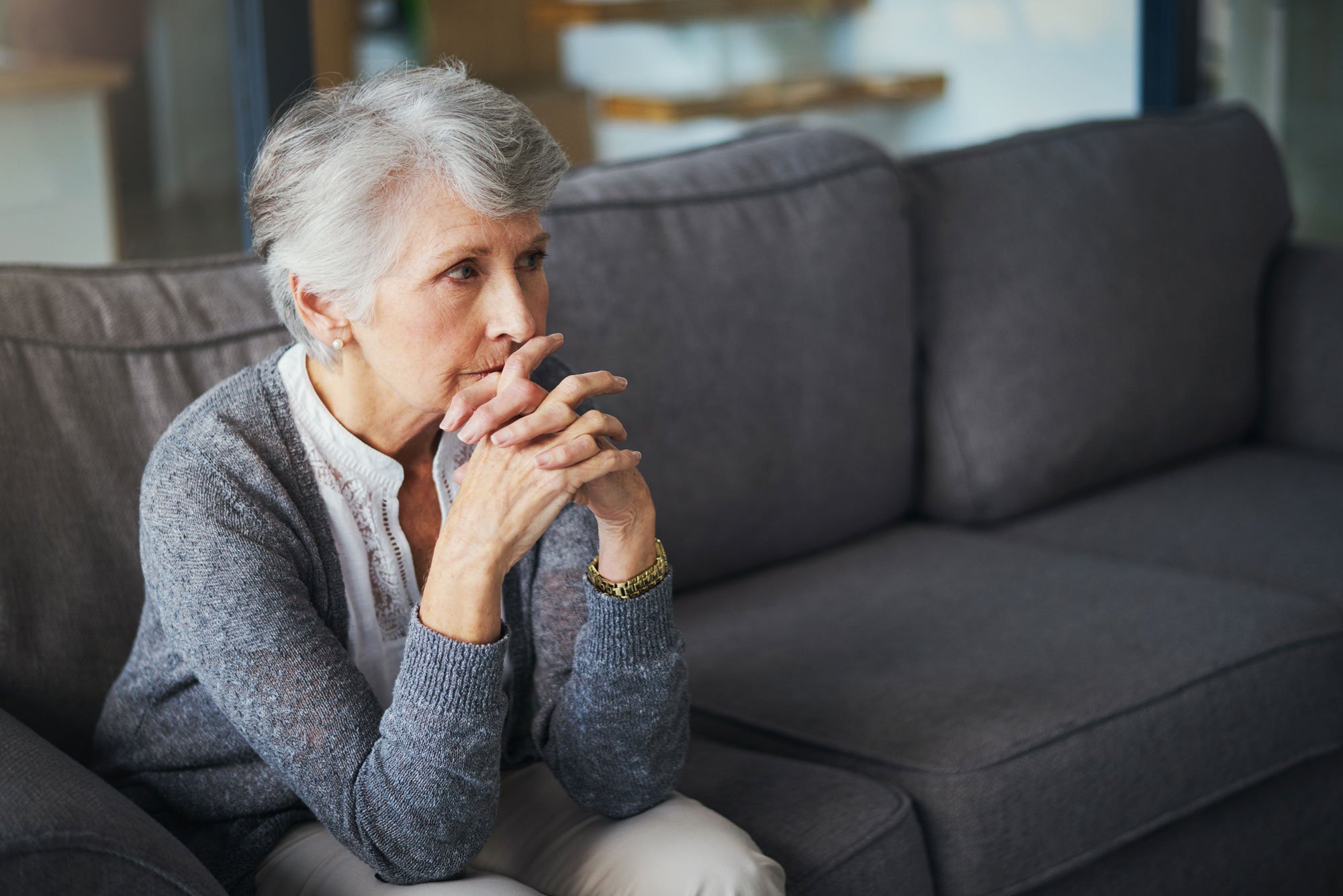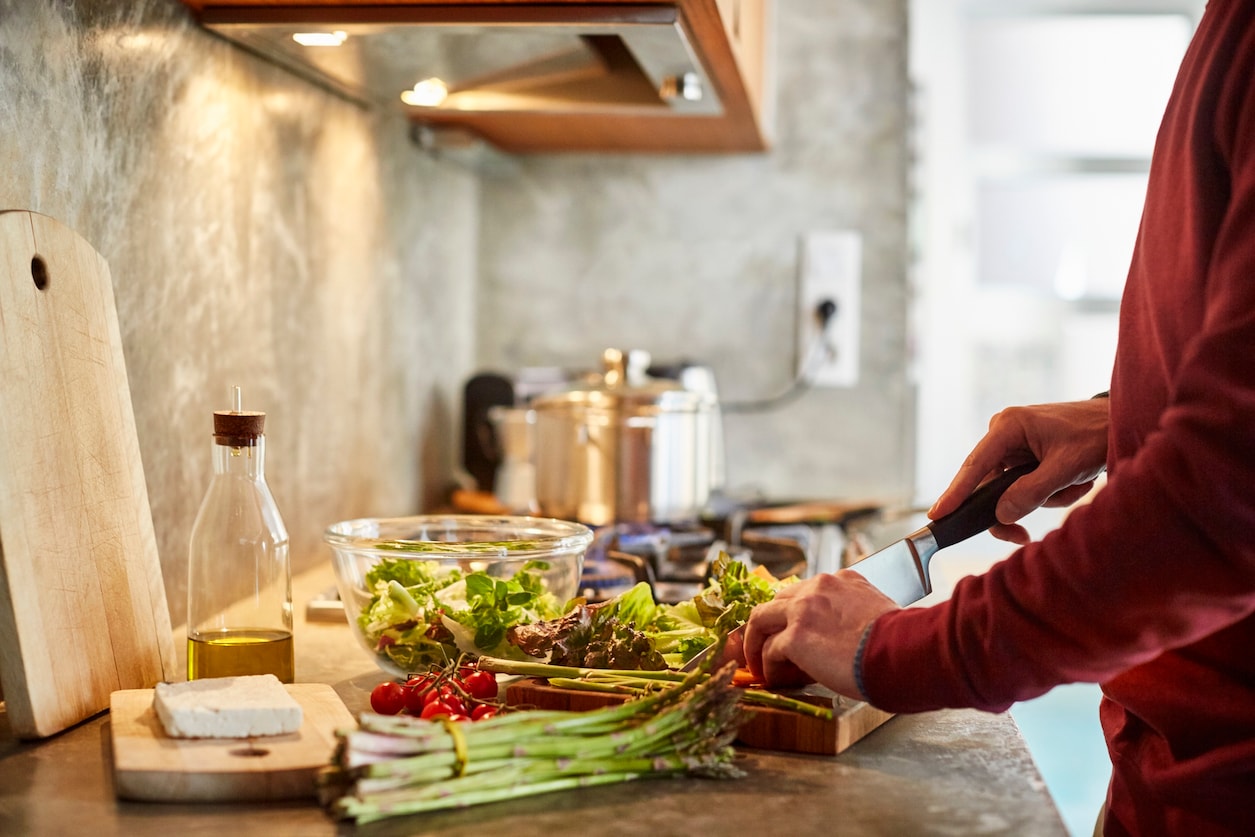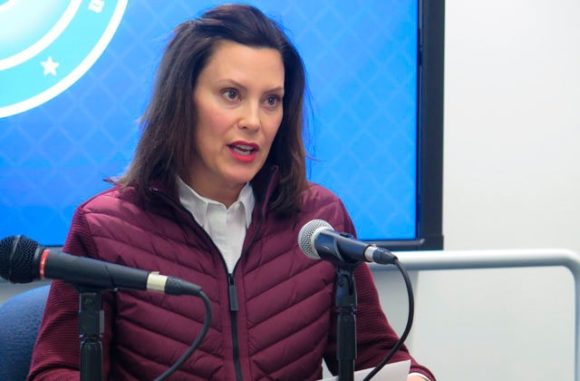
Dear Commons Community,
While other Virginia campuses were urging students to remain home after spring break, Liberty officials invited them to return — a decision Lynchburg’s mayor described as “reckless” — and the state’s governor urged Falwell to reconsider. Yesterday, as Virginia’s governor issued a statewide stay-at-home order through June 10 and Liberty reported its first positive test for Covid-19, students and parents were responding with varying degrees of confusion and concern to the mixed messages they say they’ve been receiving from the university, the news media, and local governments. As reported by The Chronicle of Higher Education.
“Hundreds of Liberty students have been packing up and pulling out. Some of the most recent evacuees were alarmed by a widely circulated report in The New York Times that as many as 11 students had started exhibiting possible symptoms of Covid-19 and were being either tested or quarantined. The newspaper attributed the information to Thomas W. Eppes Jr., a local physician who it said heads the university’s student-health service. Eppes did not immediately respond to a request for comment.
In a statement released late Sunday, Liberty officials sharply disputed The New York Times’s account, calling it “fake news” that gave a distorted view of what was actually happening on campus. The university broke down the numbers on its website.
Its first positive Covid-19 case was a former student athlete who lived on campus during the fall semester but had since moved home with his family, the university’s statement said.
University officials confirmed that they had asked four students who had recently been in the New York City area and who were living in campus residence halls to self-quarantine in single rooms at a former hotel the university owns two miles from campus.
“Two agreed to this self-quarantine and two opted to return to their permanent residences,” the statement said. “There were three students in close contact with these individuals, and they were also asked to self-quarantine in separate rooms in the annex, which they did.” The move was precautionary and not based on any symptoms they had exhibited, the statement said.
On Friday the university informed students that they could receive a $1,000 partial rebate of room and board if they weren’t returning to campus. The university, which had expected up to 5,000 students to take Falwell up on his invitation to return after spring break, reported last week that about 1,900 were on campus. By late Sunday, about 800 had left.
Meanwhile, the messages being sent to students were changing by the day as the fast-moving pandemic continued to crop up in more parts of the state. Any student who returns to the Liberty campus now will have to self-quarantine for two weeks at the university annex with meals and other essentials delivered, the university said.
And while the university had earlier said a few labs and aviation classes would be conducted in person, Gov. Ralph S. Northam’s statewide stay-at-home order on Monday specifically calls on higher-education institutions to halt all in-person classes and instruction. The aviation class that was still being held in person was ended as a result, a campus spokesman said. The order will remain in place until June 10, unless Northam rescinds it.
Calum Best, a student-government leader who said he’d faced a fierce backlash for speaking out against Liberty’s response to the pandemic, noted that some students had picked up on Falwell’s general disdain for media reports. As a result, he said, they’re “acting like college students who just want to hang out on campus together.” People in one of the student groups he observed from his window on Monday were sitting close together on a picnic bench, and another couple walking across the campus was holding hands, he said.
“The problem is not that [Falwell] was encouraging that conduct; he was just not doing enough to discourage it by saying blatantly false things and soft-pedaling conspiracy theories” about the pandemic, Best said.
Falwell, a strong supporter of President Trump, has accused his critics of politicizing the pandemic to attack the university.
Another senior, Ellie Richards, said she had returned home to Harrisburg, Pa., from her off-campus apartment because she feels that it’s the safest, most responsible way to finish the semester. While some students are genuinely worried about coming down with Covid-19, she said, “there’s another faction of students who think the mainstream media is spreading lies to damage Liberty’s reputation, that this is all just a political game, and that everyone’s out to get Jerry,” she said.
Falwell has denied accusations that he misled local officials about how many students would return after spring break. The mayor of Lynchburg, where Liberty is located, said she had been under the impression that the campus would be open only to international students and others who had nowhere else to go.
As colleges and universities have struggled to devise policies to respond to the quickly evolving situation, here are links to The Chronicle’s key coverage of how this worldwide health crisis is affecting campuses.
Liberty officials said that their position hadn’t changed and that local officials had objected only after reading “erroneous” news and opinion pieces.
“President Falwell never promised how many students would return,” the statement said. “He had no idea, frankly.”
Liberty is on the growing list of universities offering at least partial refunds for room and board this semester. Many other colleges are prorating housing and meal reimbursements to students based on the percentage of time left in the semester, versus Liberty’s flat $1,000 refund.
The decision to extend the credit came amid growing complaints from both students and parents. On Twitter, one father of three Liberty students called the decision to bring students back to campus, and then allow them to return home to potentially infect their grandparents, “crazy” and “irresponsible,” and said it “seems like a money grab.”
Falwell tweeted in response: “Nope, then they’ll go off to summer jobs or internships, dummy.”
A campus spokesman, Scott Lamb, said those who accuse Falwell of keeping the campus open to avoid having to refund room fees are wrong. The president, he said, has publicly stated that he invited students back “instead of running away and pushing the Covid problem off on others.”
We are all learning, perhaps the hard way, that isolation and social distancing are the best approaches in fighting the coronavirus.
Tony
NOTE: After this posting was made, Liberty University announced it would comply with all coronavirus guidelines issued in Virgina.















